A British warship that sunk near the English Channel on Oct. 5, 1744 was discovered by a deep-sea exploration company in 2008. The site had been extensively trawled for fish and the wreck site was damaged as a result. Now, the UK government has given the company, Odyssey Marine Exploration, Inc., permission to study and salvage at-risk items, such as the distinctive bronze cannons that were carried aboard. [Read more about the HMS Victory] (Photo credit: Odyssey Marine Exploration, Inc.)
Premier ship
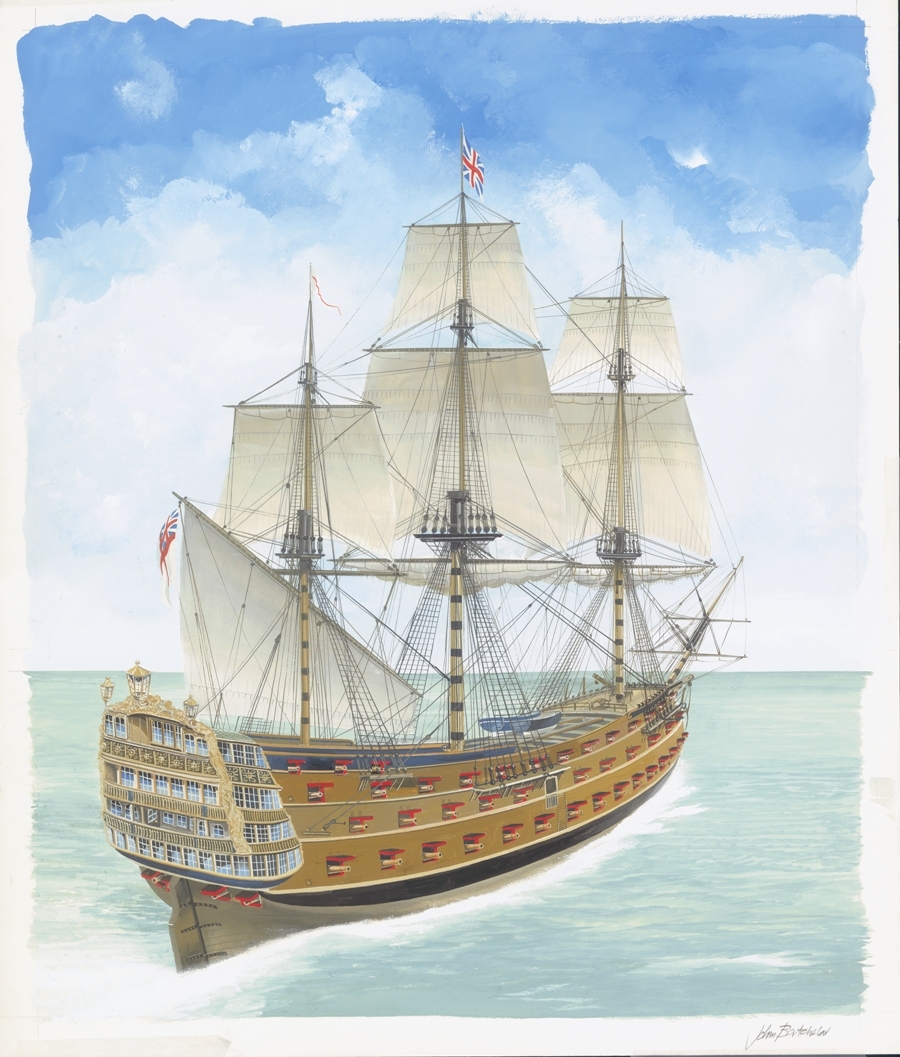
The HMS Victory first set sail in 1737, and at the time, it was the premier ship in the Flagship Fleet. The majestic vessel was constructed by master shipbuilder Joseph Allin and had three decks, three ornate galleries and was fitted with up to 110 bronze cannons. Yet just nine years after her maiden voyage, the ship sank somewhere in the English Channel, and its entire crew was lost.
Famous Admiral
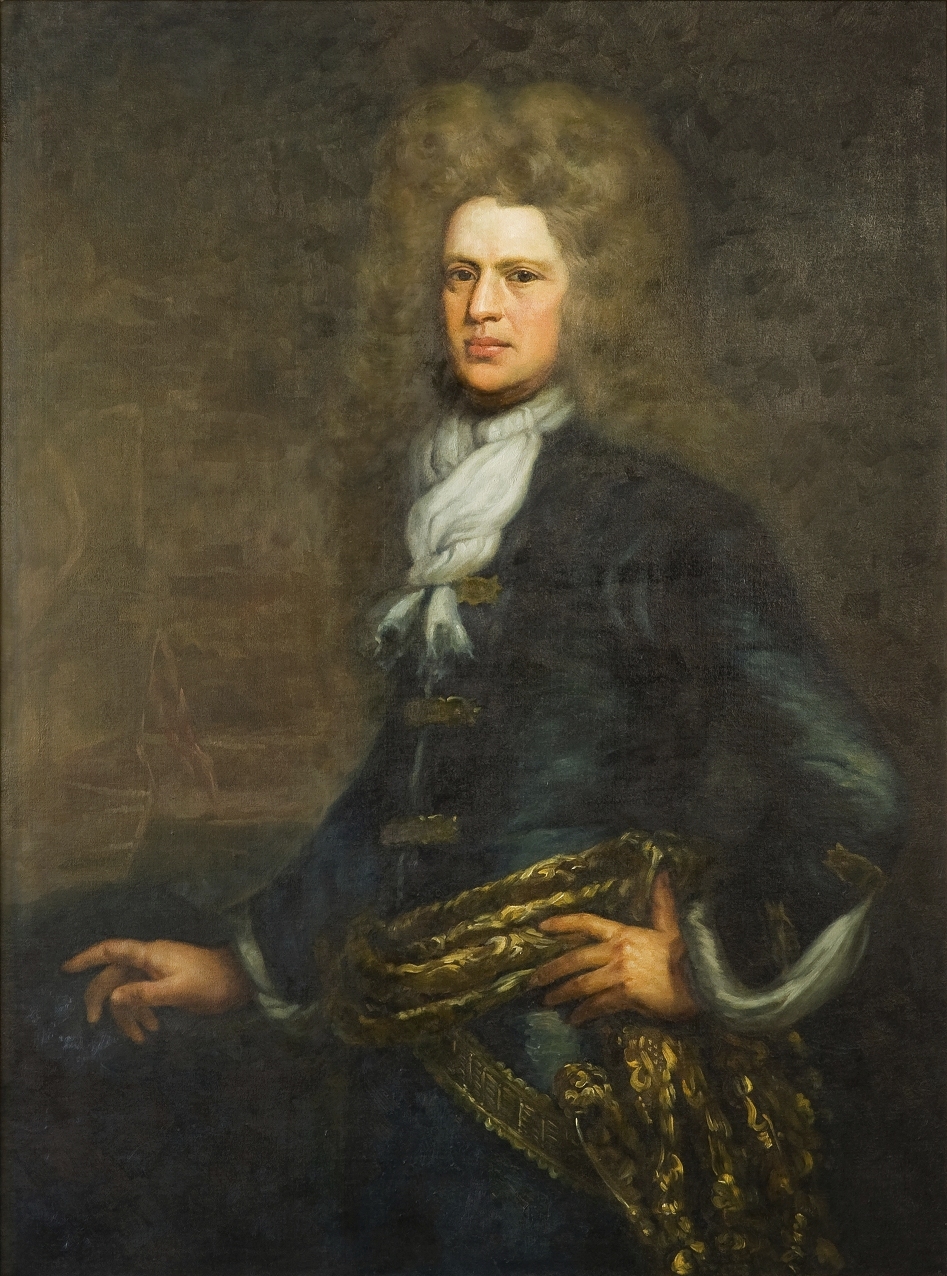
The ship's commander on the fateful day was 74-year-old Admiral John Balchin. He had been called out of retirement to rescue a convoy that was blockaded by the French near Portugal. The ship, along with 30 others, successfully broke the blockade and then pursued the French towards Cadiz, Spain.
Stormy Seas
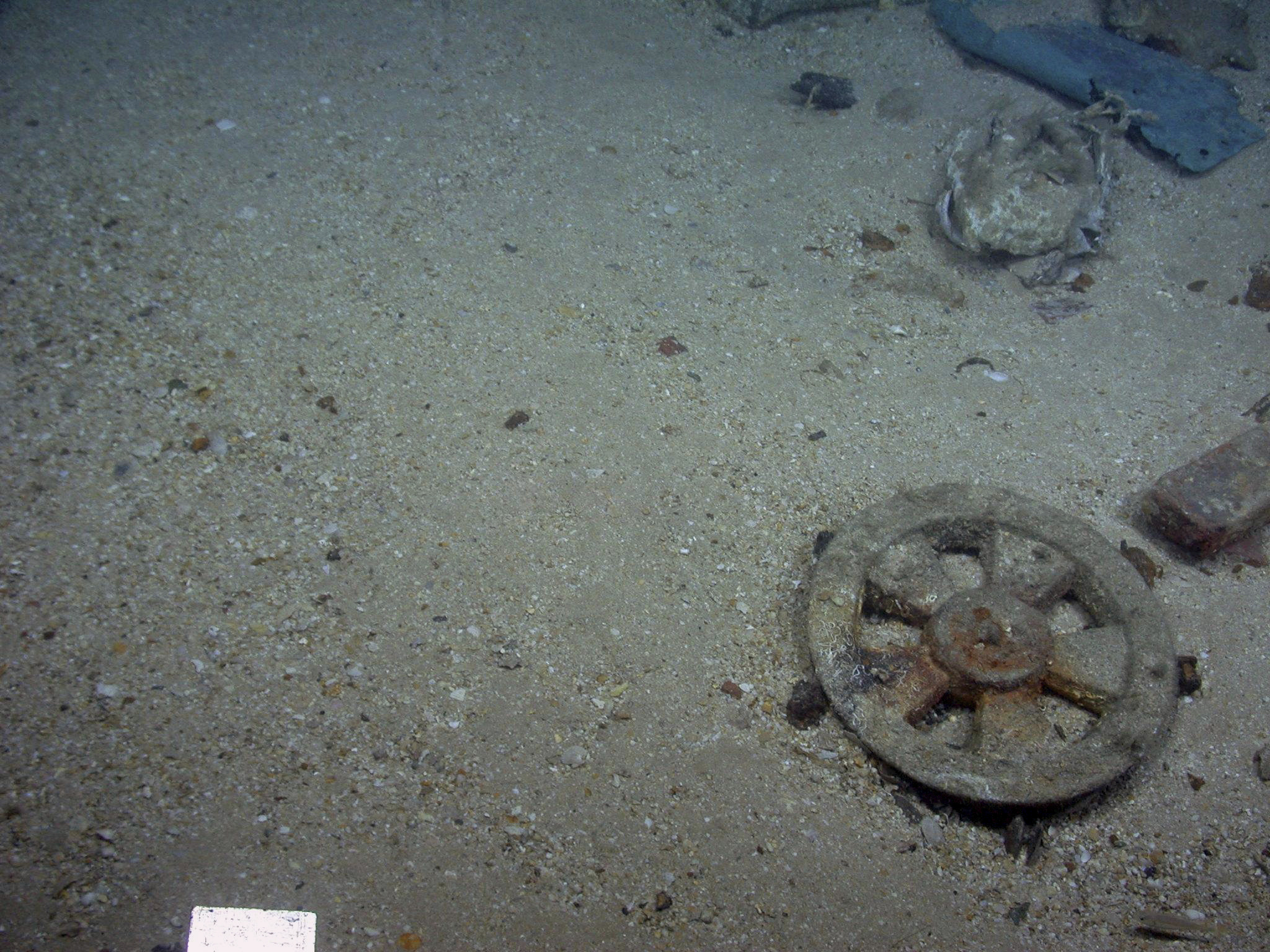
On the return voyage, the fleet hit stormy seas on Oct. 5, 1744 in the English Channel. The fleet was separated, and though the other ships eventually made their way back to port, the HMS Victory never emerged. Here, a pulley found at the wreck site.
Sign up for the Live Science daily newsletter now
Get the world’s most fascinating discoveries delivered straight to your inbox.
Rediscovery
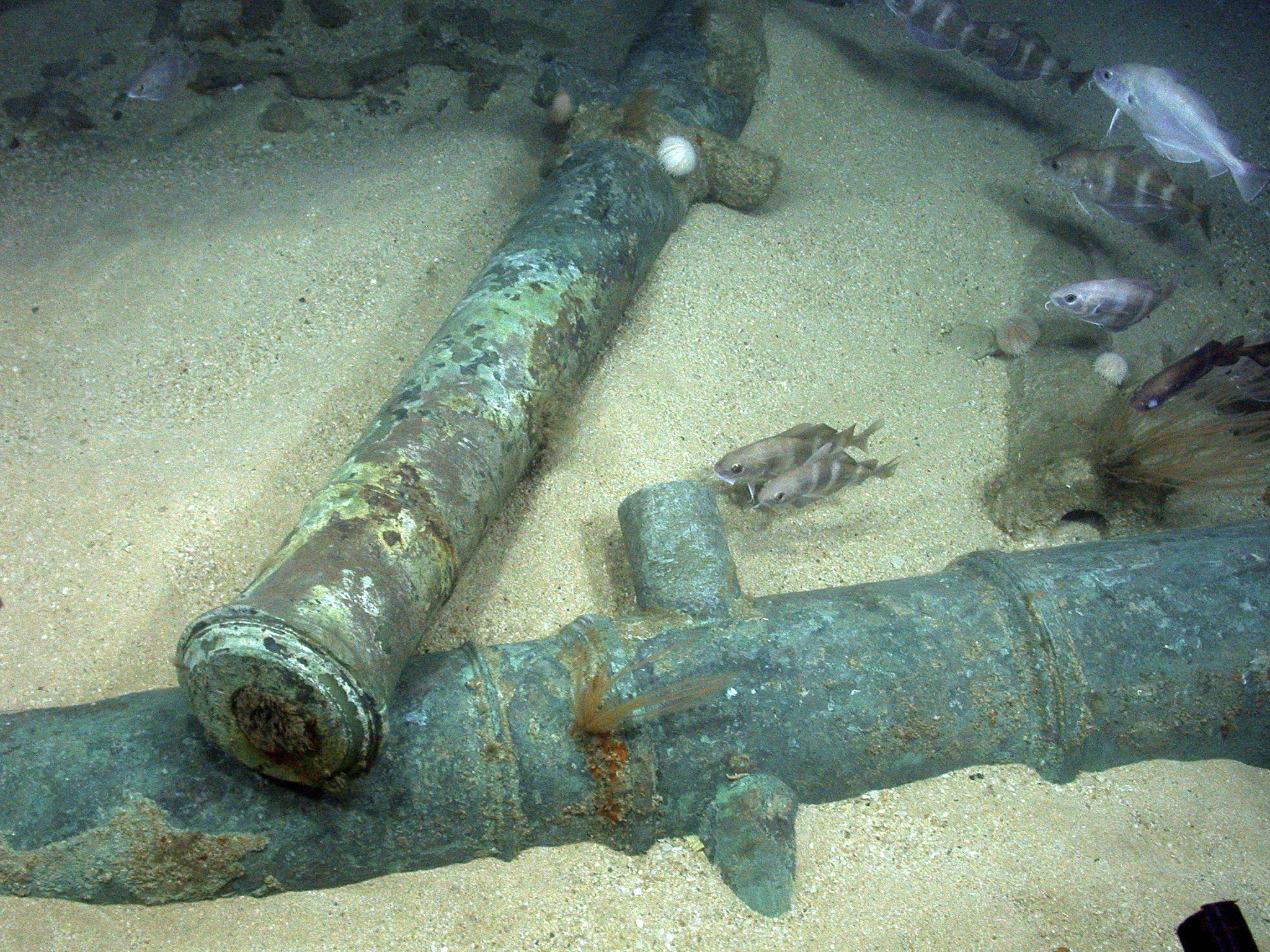
Historians long thought the HMS Victory broke up on the notoriously rocky area known as the Casquets, a sandstone ridge in the Channel where many other ships had sunk. At the time, people in Alderney, the northernmost Channel Island, reported hearing distress shots from sea. Flotsam from the wreck was also found on several of the other Channel Islands. Here, some of the bronze cannons found at the wreck site.
Underwater vehicle
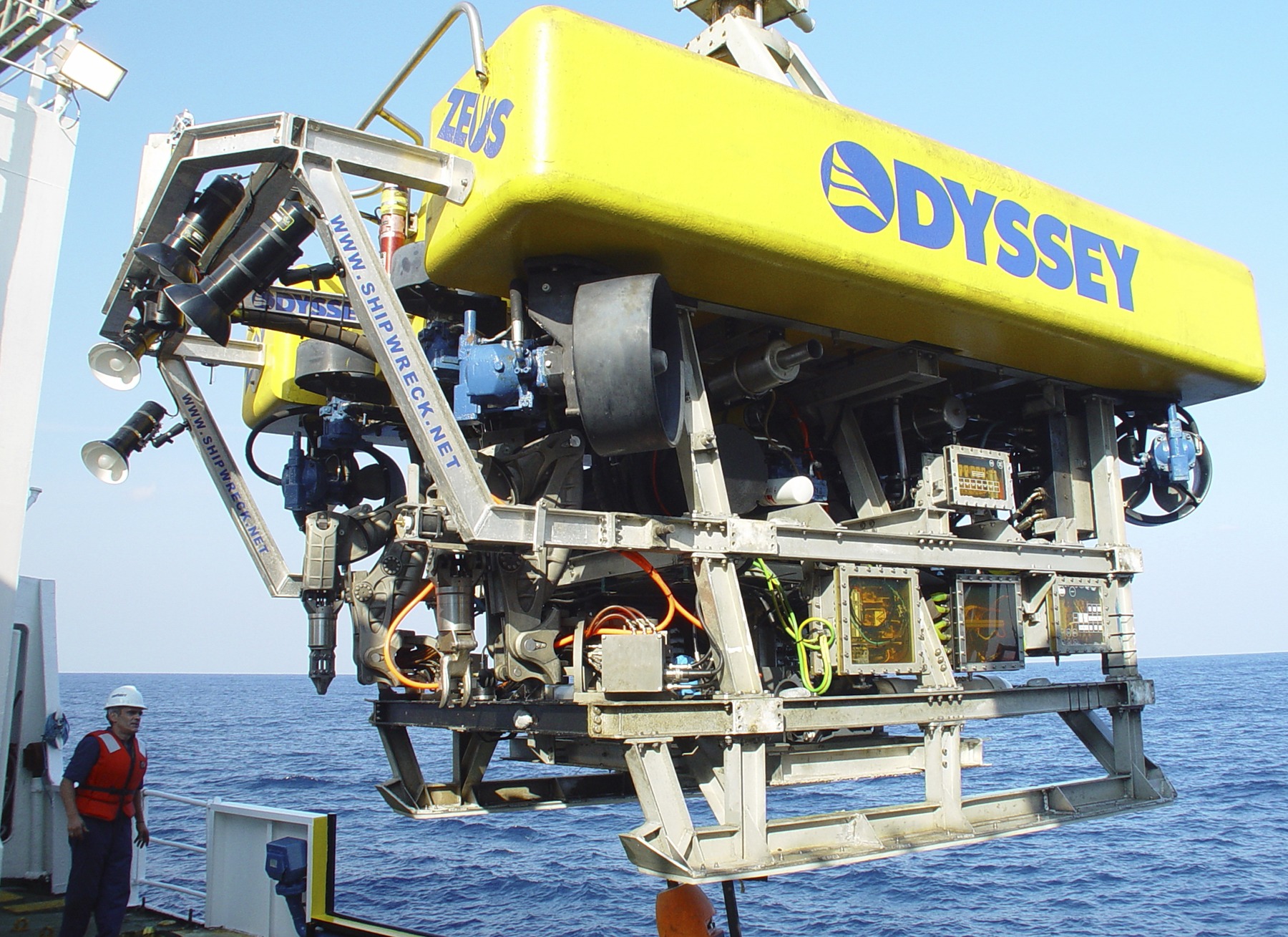
Using sonar and an underwater vehicle, dubbed Zeus, Odyssey Marine Exploration, Inc., discovered a wreck site about 60 miles (100 kilometers) from the site where the HMS Victory was thought to have capsized in 2008. Here, the team deploys the underwater vehicle.
Zeus
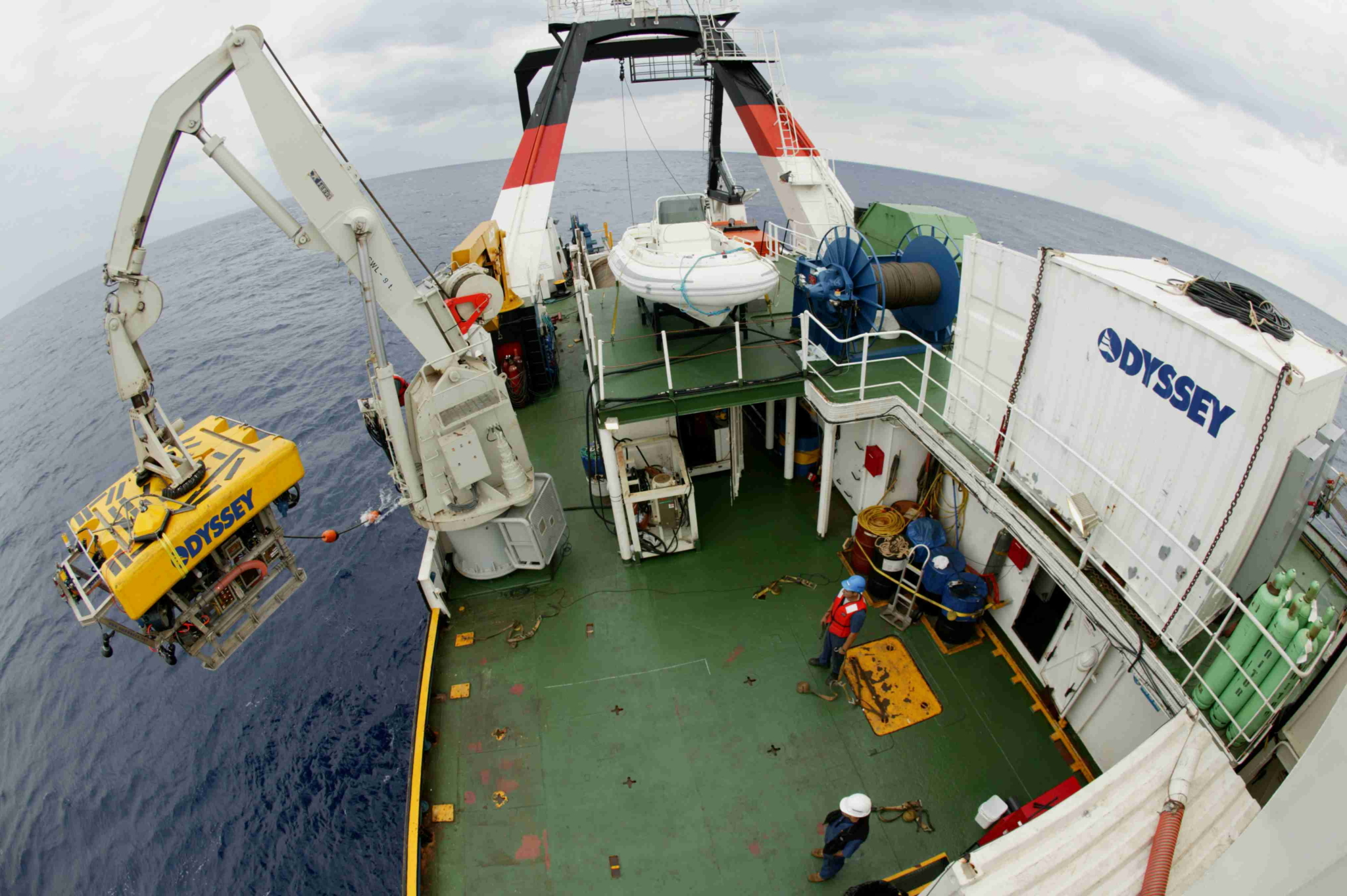
Here, the underwater vehicle is deployed into the water from the Marine Exploration boat.
Identifying details
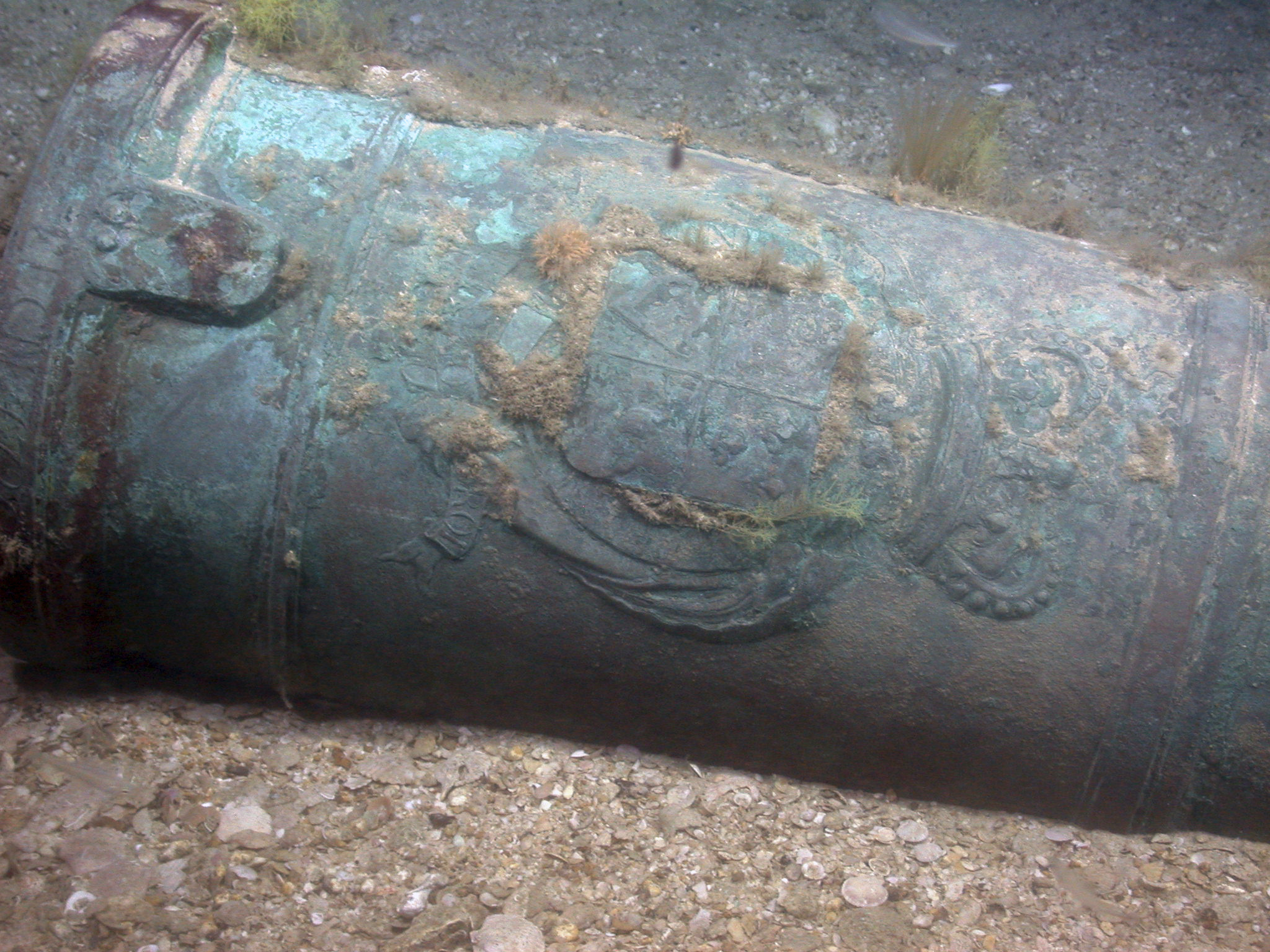
The team was able to positively identify the shipwreck in part because of the cannons they found. Some of the cannons bore the crests of King George I or George II, shown here.
Dolphin handles
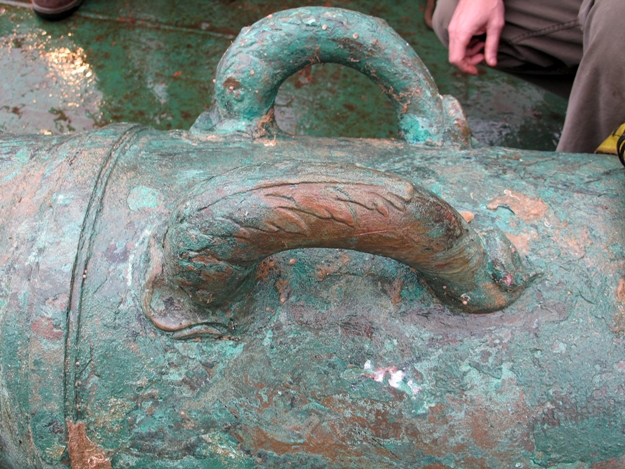
The cannons also had distinctively dolphin handles that were used at the time.
Disturbed site

The company has recently received permission from the UK government to begin salvaging at risk archaeological artifacts. Because the site is teeming with fish, crab and octopus, fishermen love to trawl the site. But that means the site has been badly disturbed in the last 270 years. Here, one of the cannons that could be at risk of damage from dredging.
Cannon upended
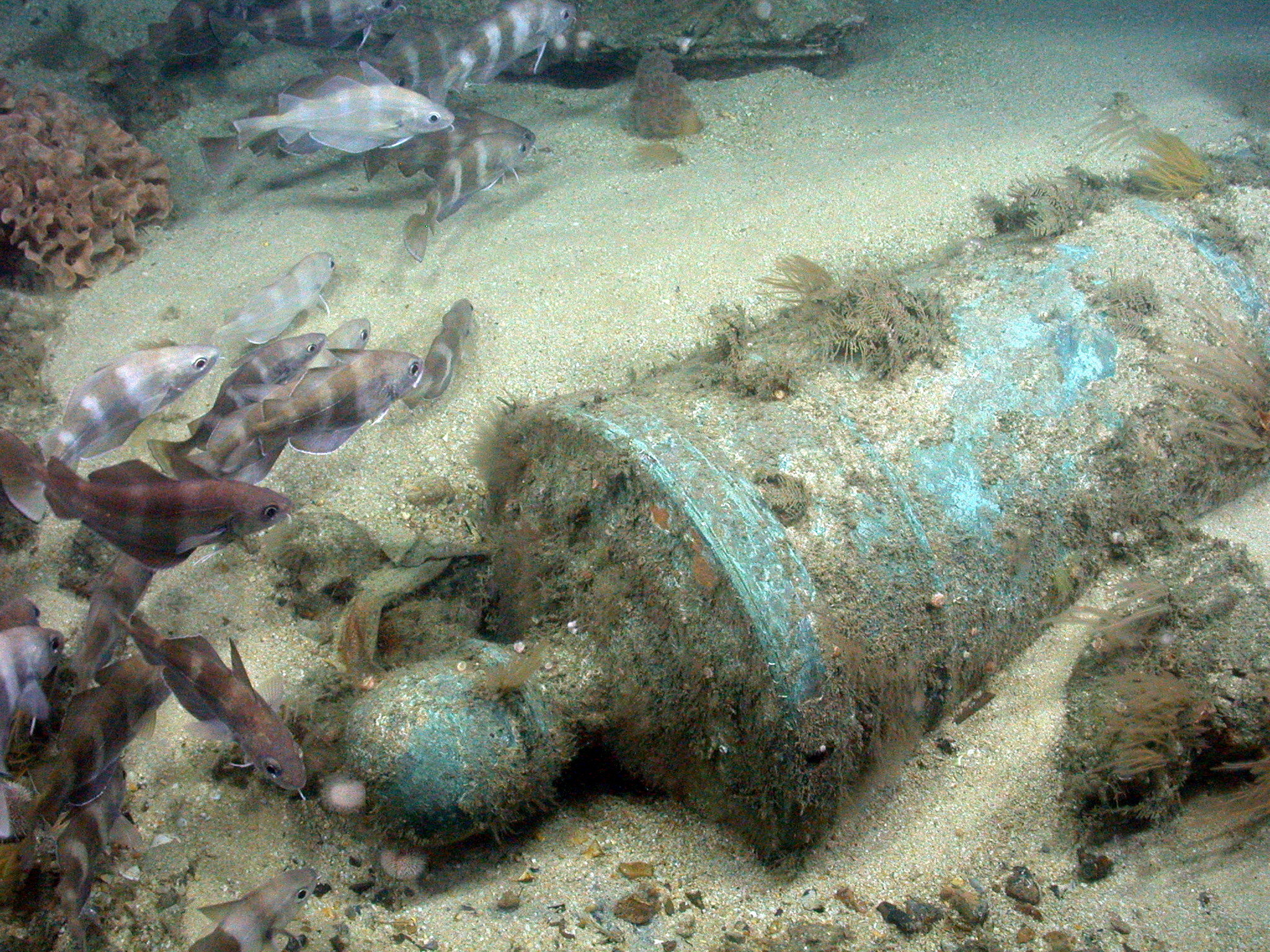
One cannon has been upended since the team first made their discovery.
Follow us @livescience, Facebook & Google+.

Tia is the managing editor and was previously a senior writer for Live Science. Her work has appeared in Scientific American, Wired.com and other outlets. She holds a master's degree in bioengineering from the University of Washington, a graduate certificate in science writing from UC Santa Cruz and a bachelor's degree in mechanical engineering from the University of Texas at Austin. Tia was part of a team at the Milwaukee Journal Sentinel that published the Empty Cradles series on preterm births, which won multiple awards, including the 2012 Casey Medal for Meritorious Journalism.










